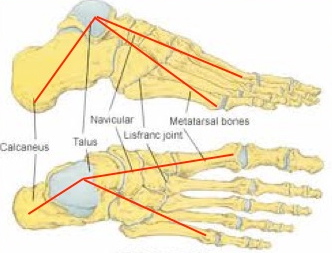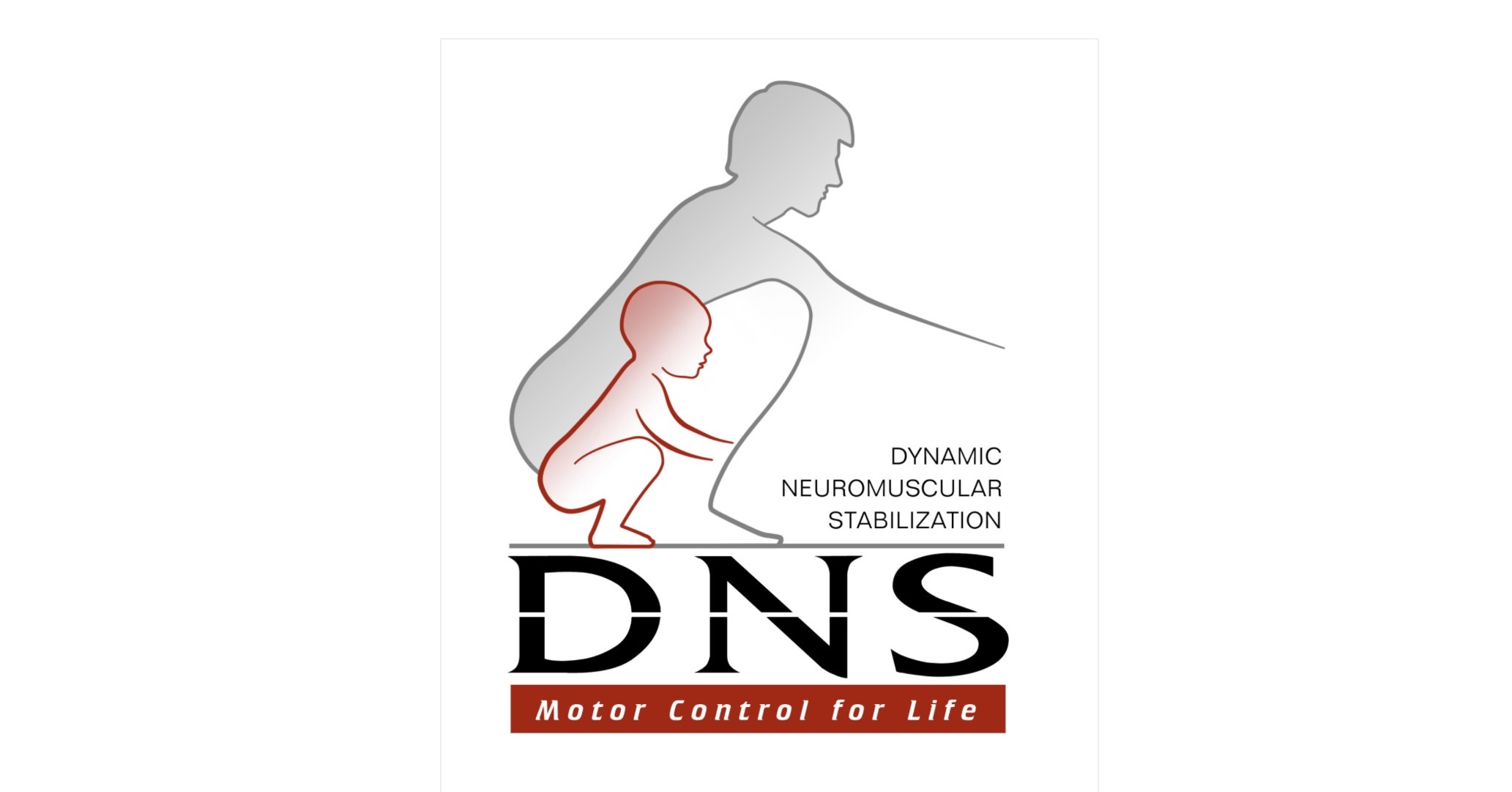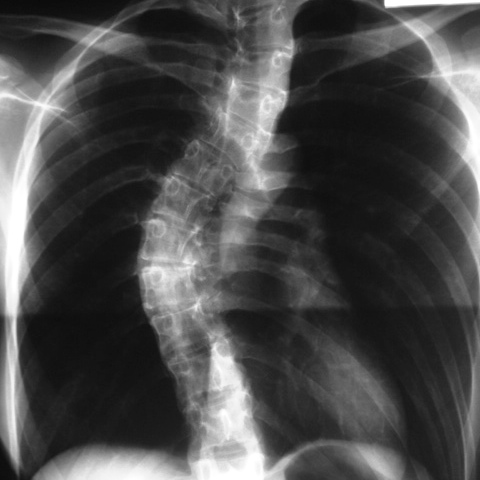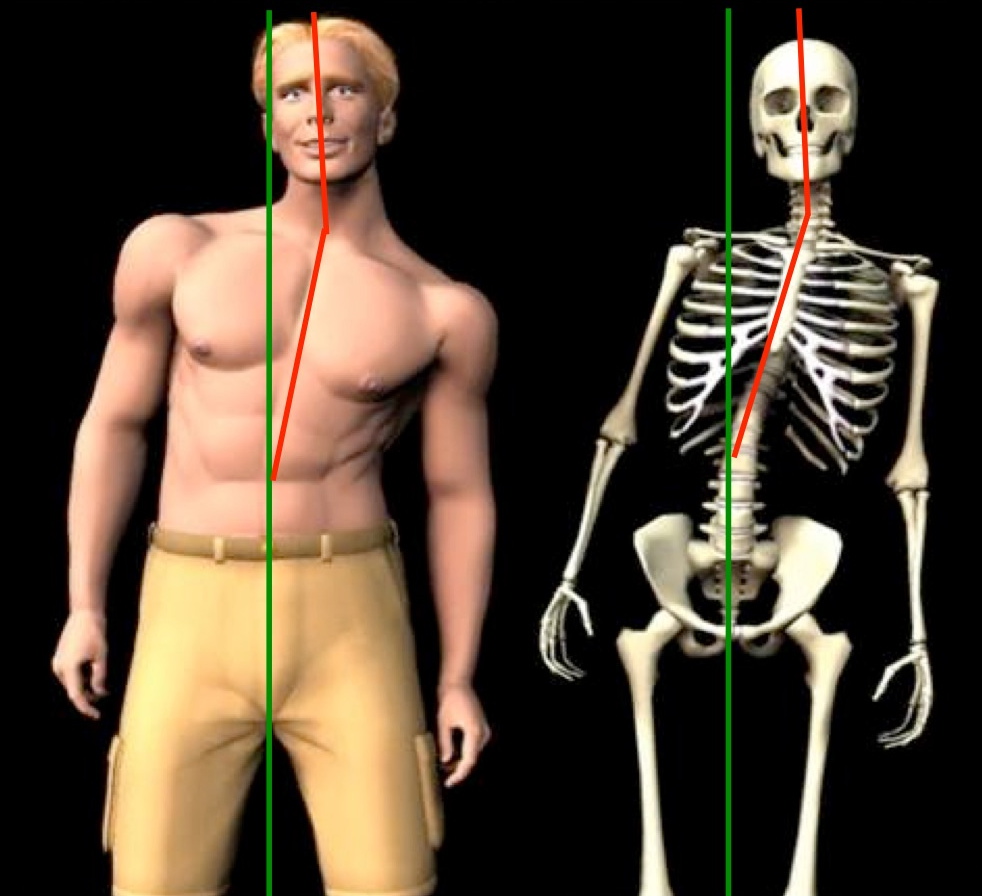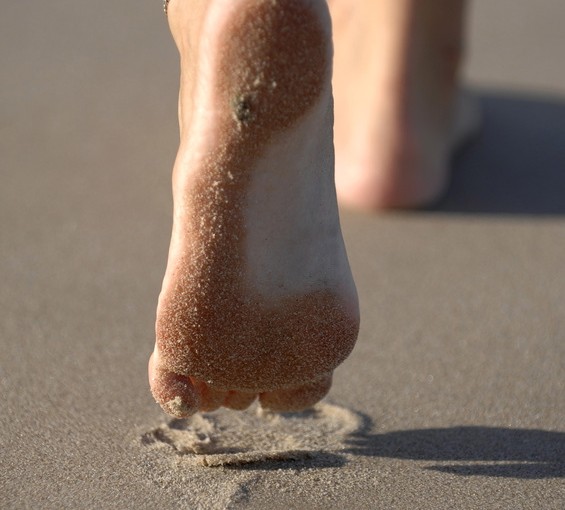
Understanding the Foot Tripod: The Secret to Overcoming Foot Problems
Figure 1
Figure 2
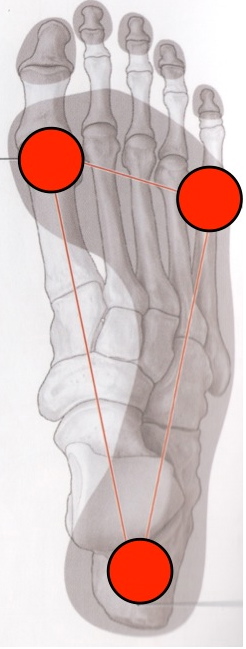 Structurally speaking, the foot is similar to a camera tripod. The first leg of the tripod goes through the heel, the second travels along the inside of the foot, and the third travels along the outside of the foot (Figure 1). These three legs have three contact points to the ground: the bottom of the heel, the ball of the big toe and the ball of the little toe (Figure 2).
Structurally speaking, the foot is similar to a camera tripod. The first leg of the tripod goes through the heel, the second travels along the inside of the foot, and the third travels along the outside of the foot (Figure 1). These three legs have three contact points to the ground: the bottom of the heel, the ball of the big toe and the ball of the little toe (Figure 2).
Ideally, these three contact points should be level and “anchor” to the ground (when barefoot) or inside your shoes when standing, walking, running, etc.
A healthy foot tripod is dependent on several things:
- Normal, healthy posture alignment
- Normal, symmetrical flexibility of the joints in foot, ankle, knee, hip and other joints throughout the body
- Excellent strength of the muscles that control the movement and stability of the legs of the tripod
When these healthy conditions exist, the foot (tripod) can function normally, pain-free and better resist foot problems.
However, when an injury occurs, such as a sprained ankle, it can cause the foot tripod to become weak and “break down”. Injuries can adversely affect the foot and other areas of the body on multiple levels. They can cause poor posture, loss of flexibility, loss of strength and compensations in other areas of the body.
A “limp” is a classic example of compensation. When we have pain or injury, we have to find a way around the problem to avoid pain and further tissue damage. Limping due to hip, knee, or foot pain or “hiking” up the shoulder to lift the arm in the presence of a rotator cuff problem are two examples of how we compensate for these types of problems.
Weakness of the foot tripod is a common cause of most foot and knee problems. Breakdown of one or more legs of the foot tripod can lead to plantar fasciitis (heel pain), pain in the ball of the foot, bunions, hammer toes, knee pain, numbness, and several others.
When faced with any of these problems, it is important to seek out a healthcare professional that understands the foot tripod and the various causes of tripod breakdown. A proper foot examination should include an assessment of alignment, flexibility, and strength.
The most effective treatment consists of adjustments, muscle activation, and specific exercises to strengthen the “biomechanical“ weaknesses that contribute to tripod breakdown.
DO YOU THINK ANTI-INFLAMMATORY DRUGS, CORTISONE INJECTIONS, OR SURGERY STRENGTHENS THE FOOT TRIPOD?
We help people every day that suffer from foot problems related to a weak foot and tripod breakdown. If you or someone you know is suffering from a foot problem, contact us to see if we can help.
